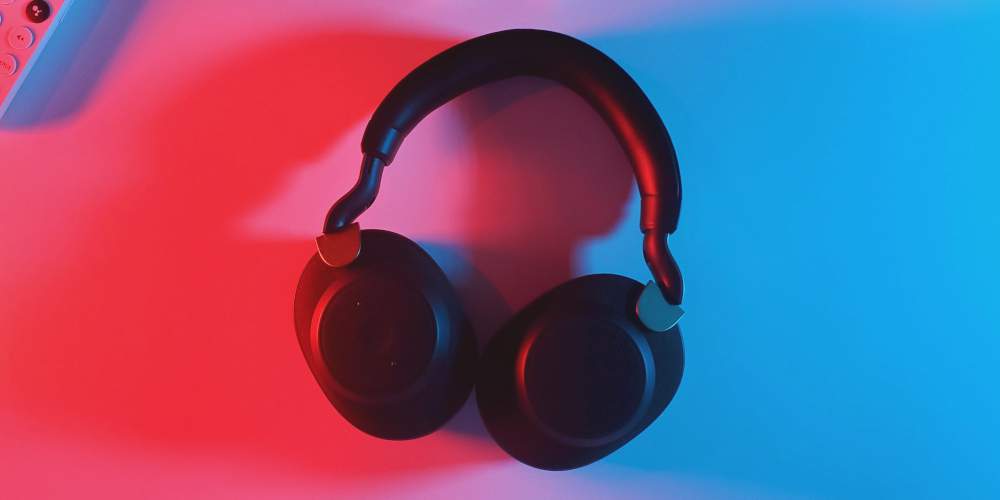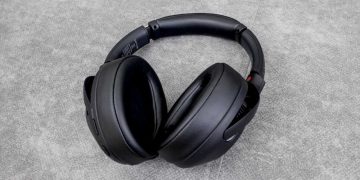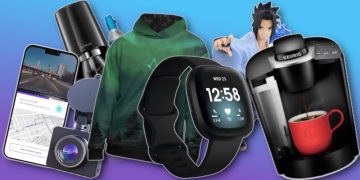Wondering how noise-canceling headphones work, whether noise-canceling headphones are worth it, and which ones to get if you're in the market for one? If you've never used noise-canceling headphones before but you're thinking about it, here's what you need to know.
How Do Noise-Canceling Headphones Work?
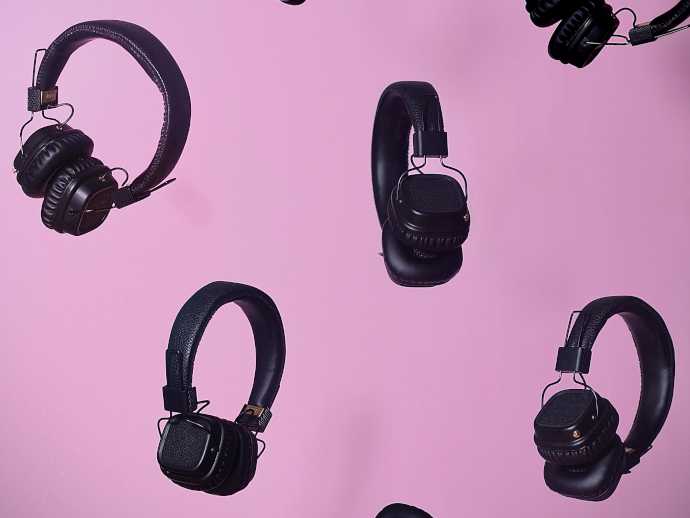
There are two types of noise-cancelation.
Passive noise-cancelation simply blocks as much sound as possible from reaching your ear—or in the case of headphones, from mixing with whatever audio is coming out.
There's no electricity involved in passive noise-cancelation. Most of the work is done by the material of the cups (for over-the-ear headphones) and the quality of the seal (for in-ear headphones). For this reason, it's often called noise isolation.
Active noise-cancelation (ANC) uses a built-in microphone to record ambient sounds and an amplifier to create "opposite" sound waves that cancel out those ambient sounds. This is separate and on top of the actual headphones speakers, which play audio into the blank sound space created by negated ambient noise.
Because of this, active noise-cancelation requires electricity. That may not be a big deal for wired headphones with a power source, but will eat into the battery life of wireless headphones.
Active noise-cancelation is most effective on constant, low-frequency, droning-type noises (e.g. road traffic, plane engine, voices through the wall) and not as effective for quick, high-frequency noises (e.g. shatters, clatters, screams). Different headphones are able to cancel different ranges of sound as well.
While both active and passive noise-cancelation are often used together to maximize the amount of noise canceled, "noise-canceling" mainly refers to the active type.
Are Noise-Canceling Headphones Worth It?
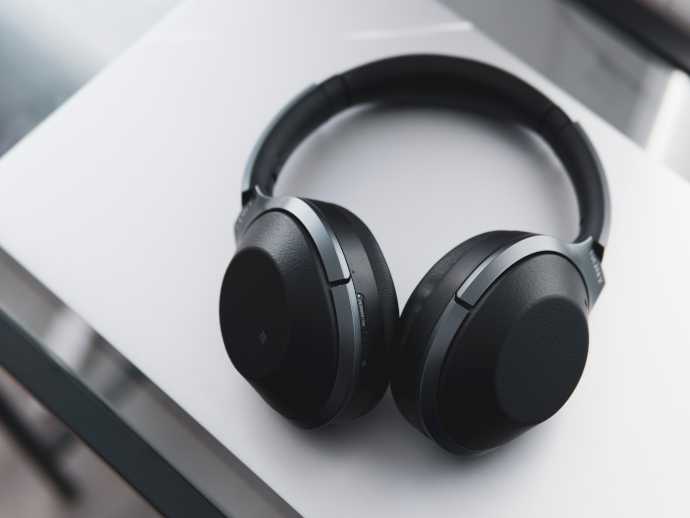
I used to be a noise-canceling headphones skeptic for years. Even if they did do what they promised to do—which wasn't always the case back then—I wasn't convinced that they were worth the markup.
But I began to rethink my position in 2019 when I took an overseas trip with a colleague who wore noise-canceling headphones for most of the flight. I tried them out at one point... and was impressed by how well they worked, even on a crowded plane with loud engines.
Not long after, I shelled out the cash for my own pair of noise-canceling earbuds. A family of tenants had moved into the apartment unit next to mine, and they were the loud type. My new earbuds went a long way toward preserving my sanity during that time!
These days, I firmly believe that anyone can benefit from a set of noise-canceling headphones. Here are several scenarios where they can come in handy:
- Studying. Block out all auditory distractions so you can slip into the zone and focus on your studies. Especially useful when you're studying in a library, at a cafe, or some other public space.
- Working. Much like studying, except you can block out the sounds of co-workers and focus on your work tasks. This assumes you're allowed to wear headphones at work, of course! But for anyone who works from home, this is a huge benefit.
- Travel. This includes flying on a plane, commuting via subway or bus, or even taking a road trip with friends. Listen to music or podcasts while blocking out ALL external sounds. Especially useful for protecting your hearing, as you won't be forced to crank up the volume to compensate for loud environments.
- Loud neighbors. Live in an apartment, condo, or townhome where you share walls with neighbors? Are your neighbors loud at inconvenient times of day? Active noise-canceling headphones are extremely good at drowning them out.
- Meditation. No matter how quiet your home is, it'll never be as quiet as noise-canceling headphones. They feel like vacuums that suck away all sound—and that's conducive to meditation or prayer.
- Sleep aid. If you're a light sleeper, earplugs are one way to block out distractions that keep you from falling asleep. Noise-canceling earbuds are better if you want to listen to music, podcasts, brown noise, or simulated background noise.
While passive noise-cancelation (i.e. noise isolation) can be helpful in a lot of the same situations, active noise-cancelation is far more effective and provides a much better experience overall.
Recommended Noise-Canceling Headphones
Lots of companies are putting out noise-canceling headphones now. Most of them are pretty good, too, but this is definitely one of those areas where you get what you pay for.
For the best balance between audio quality, build quality, comfort during use, product lifespan, and nifty extra features, my personal go-to brand is Bose. If you're willing to spend more and upgrade past the bottom-tier Amazon options, Bose will deliver.
Bose QuietComfort Earbuds
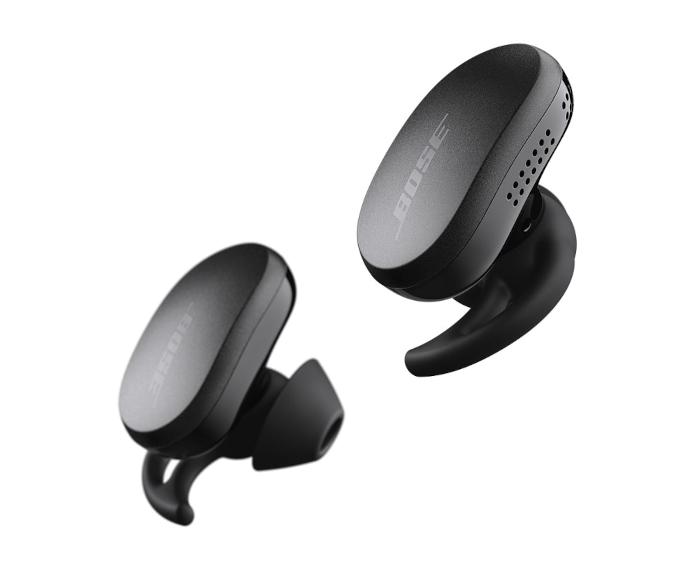
The Bose QuietComfort Earbuds are the in-ear headphones I bought when I was fed up with noisy neighbors—and I'm in love with them. They live up to their name in how comfortable they are, and they're extremely effective at canceling ambient noise.
They're nifty because you can tap and swipe on the earbud surfaces to perform various actions, like changing volume, answering calls, and switching modes—there are three noise-canceling levels, including full transparency so you can hear everything around you.
They last for up to 6 hours per charge, and the charging case is itself a battery that can recharge the earbuds two full times before the case needs to be recharged.
Bose QuietComfort 35 II (Wireless)
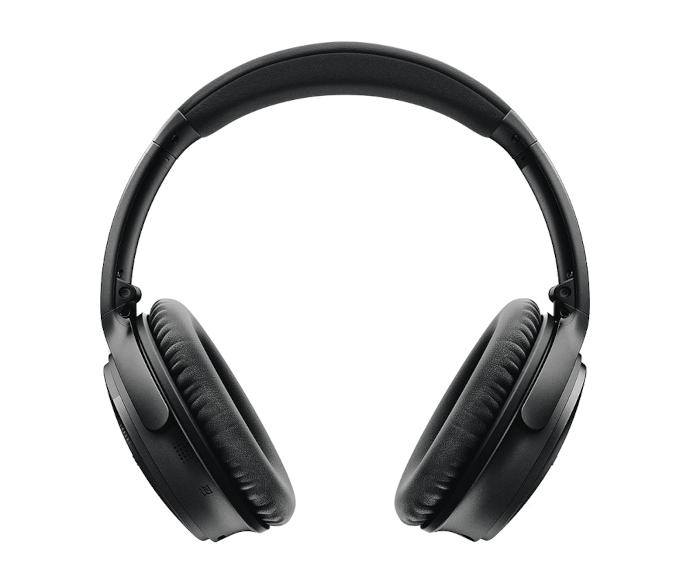
The Bose QuietComfort 35 II has been one of the most solid and reliable noise-canceling headphones on the market for years. Not only are they really comfortable, but they're durable and will last you for a long time if you take care of them.
The active noise-cancelation is as good as it gets for the price, and you can adjust between two levels in case you want to let in some but not all ambient noise. They also have Google Assistant and Amazon Alexa built in and can take voice commands.
These wireless headphones last for up to 20 hours per charge, and it only takes 2.5 hours to recharge them back to full.
Bose QuietComfort 35 II (With Microphone)
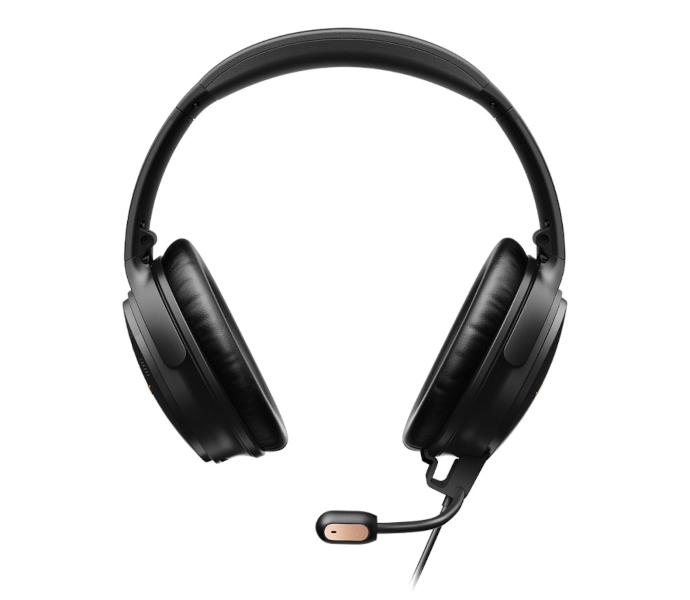
While the wireless version of Bose QuietComfort 35 II does have a built-in microphone that you can use for calls and such, the voice quality may not be as crisp as you need if you're a gamer.
In which case, you should opt for the gaming headset version instead. The noise-cancelation is the exact same, but it comes with a detachable boom microphone that's better at picking up your voice and isolating it from background noise.
This headset lasts for up to 40 hours per charge when used in wired gaming mode, or 20 hours per charge when used in wireless lifestyle mode. You can recharge to full in just 8 hours.
